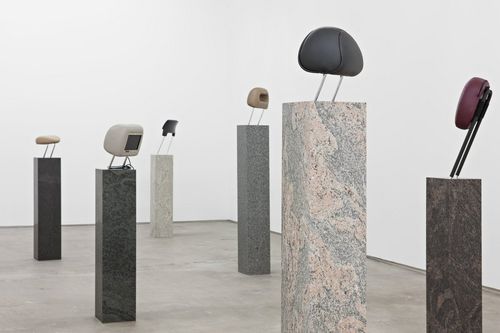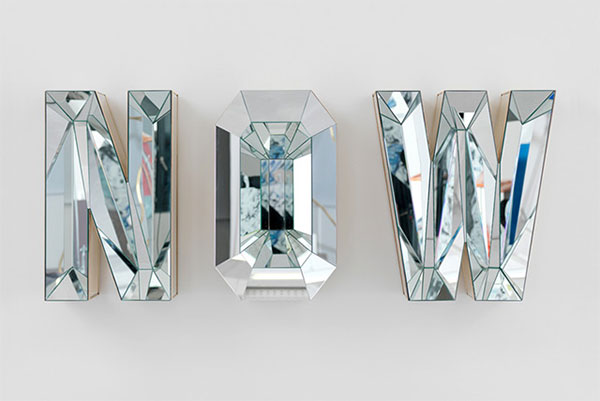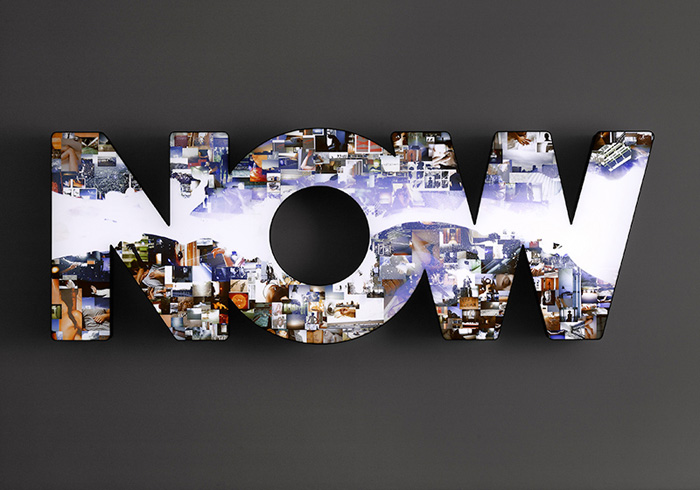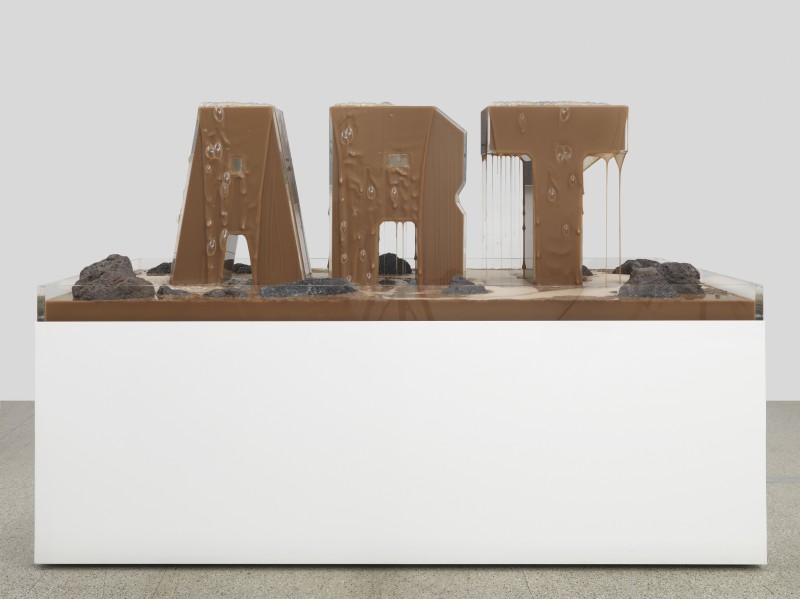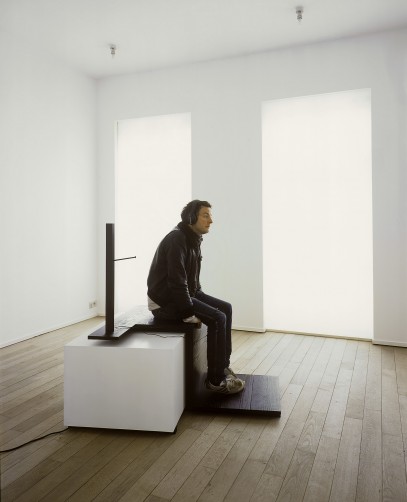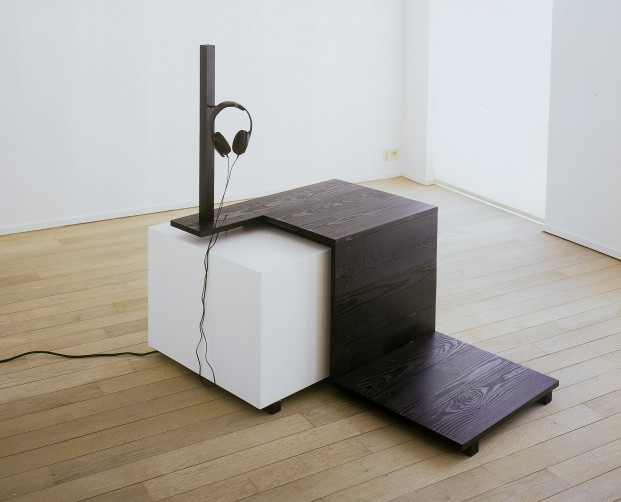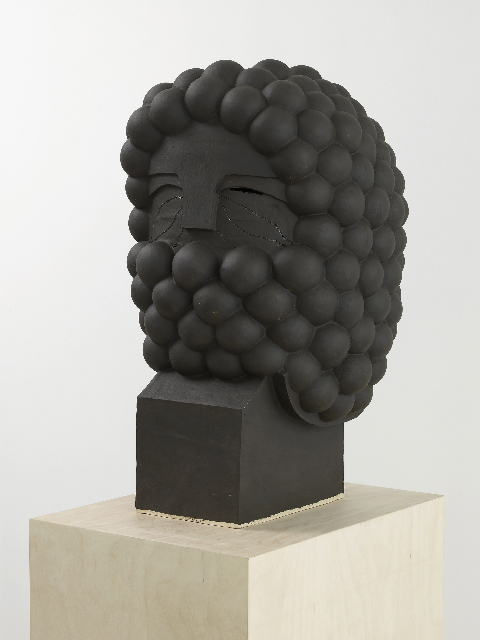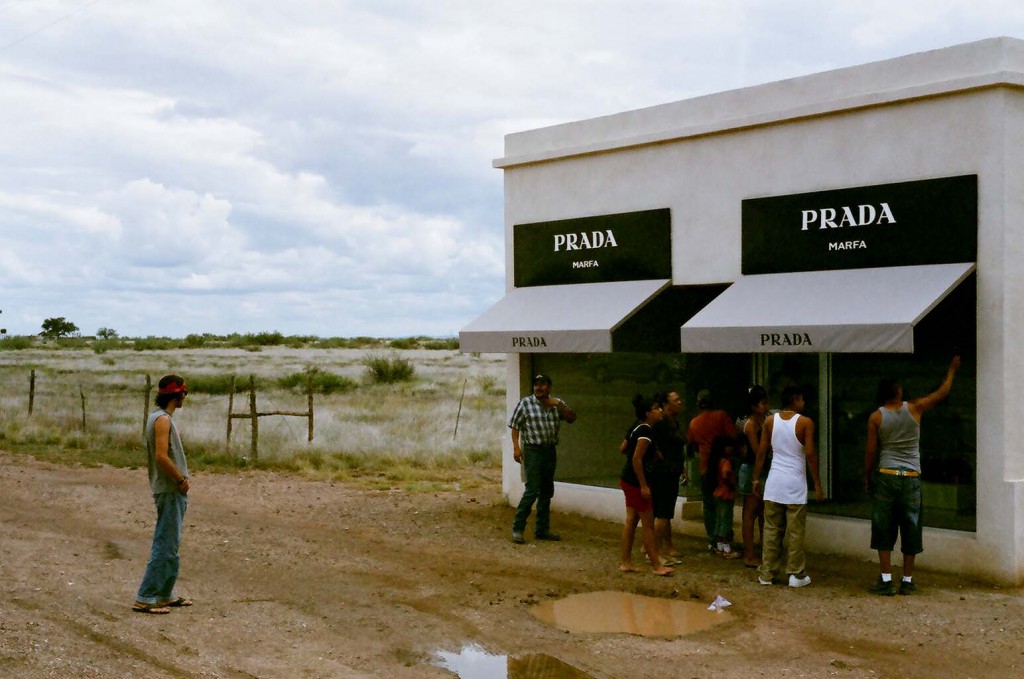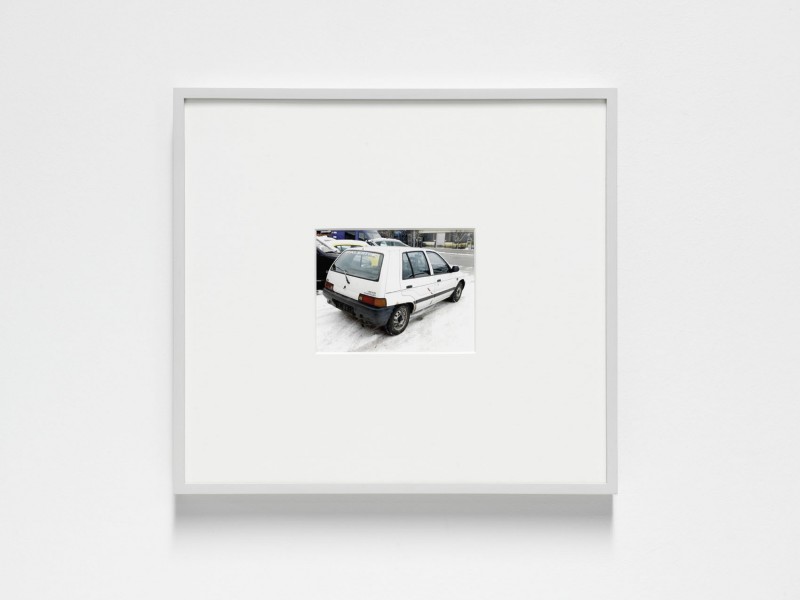
Ed Atkins, A Tumour (in English), video still, 2010
London-based artist Ed Atkins interest in high definition makes him a rarity in a landscape of video artists who work with antiquated 35mm and 16mm. Digital film is innately mysterious – it’s data in a box – but Atkins turns it into stuff you feel under your skin and in your gut. His work has a violent poetry, not least in the texts that accompany the films. His Death Mask series includes a Madame Tussaud film script ripe with gruesome details about the famed wax-sculptor’s trade in guillotined corpses. The body, illness and death are all major themes.
A Tumour (In English), is a case in point. Electronic blurs and booms, crazy drum rolls and bass thrums complement footage and special effects that conjure domes, moons, black spots and a wet red wrinkled orb that might be a cancerous blood cell. An animated digital mouth asks in a drugged, ominous voice: “Would you mind checking the mole on my shoulder? … Will you take a look, son?” before describing the “lonely juices bubbling beneath the crust”, “bone marrow, browned in the air”, and other haikus of bodily horror. In an accompanying book, the detail is relentless. It even promises to “conjure a tumour inside you”. Who says art can’t have a real-world impact?
Cadavers play a complicated role in Atkins’s work. Decaying bodies – smelly, soiled and solid; not to mention loaded with memories of those they leave behind – could not be further from the weightless digital realm. Yet he makes a ferocious attempt at closing the gap, pushing video and audio to visceral new extremes.
